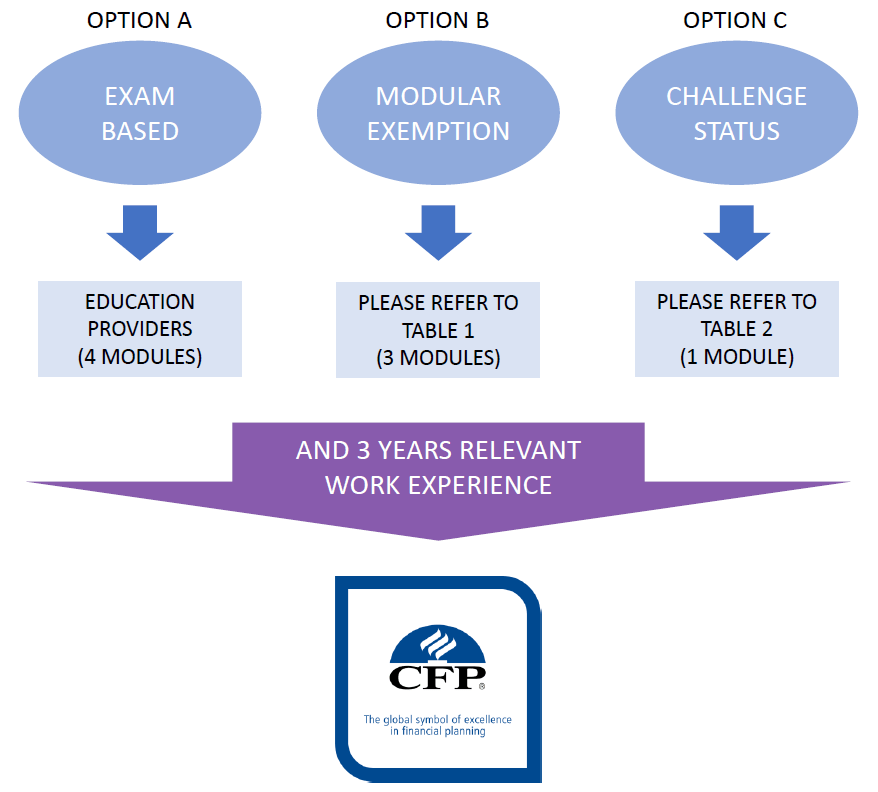
Calculators for college savings make it simple to determine how much you should save each year for your education. These programs flow logically, from right to left. They show you every dollar that you need to get through each year. They also take into account out-of pocket money such as loans or grants. The student work is an important factor, as it makes it easier to determine how much each year to spend. You can even customize some of these programs to suit your budget and needs.
One-year room and board at a reasonable price
In a college savings calculator, the cost for one year of room, board, and transportation includes expenses that are not included with the annual tuition. These costs may vary depending upon the school you choose or whether you are at a private or public college. Knowing how much each of these expenses will run is crucial. You might consider a college that is less expensive or offers merit scholarships and generous aid.
The college savings calculator is easy to use by parents and advisors. It will help them determine how much they will need to pay for college. Parents can enter data for the prospective student to get an accurate amount of savings. You can enter how much you plan to save each week until your child starts school, and how much money they are currently putting aside each month. You can also input your expected inflation rate.

One year cost of investment growth
The majority of college savings calculators assume an increase in college costs each year. The calculator assumes an inflation rate of 5%. This may not be true. Because the impact of inflation on higher education costs is unknown, the rate could be higher (or lower) than the investment yield rate. To avoid being overly optimistic, you can enter a hypothetical annual rate of return. This conservative rate is 6%.
The calculator will ask you to enter the children's current age. You'll need to enter their current age and the age at which they plan to attend college. The calculator will then calculate the difference between what they are now and what they will be when they start their education. You'll also need to enter their estimated annual expenses, such as tuition, books, fees, and room and board. The calculator will also assume that all expenses are due at the same time.
Calculate your net price for student expenses
When budgeting for college, a net price calculator may be helpful. The college uses a variety tools to determine the cost of attending school. Students with a working parent can use the financial aid calculator to determine eligibility for grant money. To estimate their awards, students may also use a tax report. While some colleges may use tax returns as a way to estimate their net prices, they often leave a gap between the sticker price and their financial aid.
The net price calculator gives students an estimate of the cost of college, based on their estimated costs after taking out any scholarships or grants. Non-repayable forms financial aid can make college more affordable. The Department of Education advises colleges to display these calculators prominently in their websites. However, some institutions may be more easily accessible via a Google search.

Benefits of using a college saving calculator
A college savings calculator will help you figure out how much you can realistically save for your child's college education. This calculator assumes that college's overall cost will rise by 5% each year. The cost of higher education can fluctuate and inflation may exceed your annual return on investments. To help determine your savings goals, the calculator can be set to default at 18 years of age or to 25. This calculator will also assume that all expenses will be due at the same time.
Family with more than one kid will benefit from a college savings calculator. The calculator can help determine how much you must save each month to cover the cost for college each year. Enter your family contribution to calculate your monthly college payments. If applicable, it will provide information about your expected savings rate and how much you can expect repayments in student loans.
FAQ
How to Select an Investment Advisor
The process of choosing an investment advisor is similar that selecting a financial planer. You should consider two factors: fees and experience.
It refers the length of time the advisor has worked in the industry.
Fees refer to the costs of the service. These costs should be compared to the potential returns.
It is essential to find an advisor who will listen and tailor a package for your unique situation.
What are some of the benefits of having a financial planner?
Having a financial plan means you have a road map to follow. You won’t be left guessing about what’s next.
It gives you peace of mind knowing that you have a plan in place to deal with unforeseen circumstances.
A financial plan can help you better manage your debt. You will be able to understand your debts and determine how much you can afford.
A financial plan can also protect your assets against being taken.
How does Wealth Management Work?
Wealth Management can be described as a partnership with an expert who helps you establish goals, assign resources, and track progress towards your goals.
Wealth managers are there to help you achieve your goals.
You can also avoid costly errors by using them.
Statistics
- Newer, fully-automated Roboadvisor platforms intended as wealth management tools for ordinary individuals often charge far less than 1% per year of AUM and come with low minimum account balances to get started. (investopedia.com)
- These rates generally reside somewhere around 1% of AUM annually, though rates usually drop as you invest more with the firm. (yahoo.com)
- As previously mentioned, according to a 2017 study, stocks were found to be a highly successful investment, with the rate of return averaging around seven percent. (fortunebuilders.com)
- If you are working with a private firm owned by an advisor, any advisory fees (generally around 1%) would go to the advisor. (nerdwallet.com)
External Links
How To
How to Invest your Savings to Make Money
You can get returns on your capital by investing in stock markets, mutual funds, bonds or real estate. This is called investment. It is important to realize that investing does no guarantee a profit. But it does increase the chance of making profits. There are many different ways to invest savings. One of these options is buying stocks, Mutual Funds, Gold, Commodities, Real Estate, Bonds, Stocks, ETFs, Gold, Commodities, Real Estate, Bonds, Stocks, Real Estate, Bonds, and ETFs. We will discuss these methods below.
Stock Market
The stock market is one of the most popular ways to invest your savings because it allows you to buy shares of companies whose products and services you would otherwise purchase. You can also diversify your portfolio and protect yourself against financial loss by buying stocks. For example, if the price of oil drops dramatically, you can sell your shares in an energy company and buy shares in a company that makes something else.
Mutual Fund
A mutual fund can be described as a pool of money that is invested in securities by many individuals or institutions. They are professionally managed pools of equity, debt, or hybrid securities. The mutual fund's investment objective is usually decided by its board.
Gold
The long-term value of gold has been demonstrated to be stable and it is often considered an economic safety net during times of uncertainty. It is also used in certain countries to make currency. Due to the increased demand from investors for protection against inflation, gold prices rose significantly over the past few years. The supply-demand fundamentals affect the price of gold.
Real Estate
Real estate can be defined as land or buildings. Real estate is land and buildings that you own. For additional income, you can rent out a portion of your home. The home could be used as collateral to obtain loans. The home can also be used as collateral for loans. But before you buy any type real estate, consider these factors: location, condition, age, condition, etc.
Commodity
Commodities can be described as raw materials such as metals, grains and agricultural products. These items are more valuable than ever so commodity-related investments are a good idea. Investors who want the opportunity to profit from this trend should learn how to analyze charts, graphs, identify trends, determine the best entry points for their portfolios, and to interpret charts and graphs.
Bonds
BONDS are loans between corporations and governments. A bond is a loan in which both the principal and interest are repaid at a specific date. Bond prices move up when interest rates go down and vice versa. A bond is bought by an investor to earn interest and wait for the borrower's repayment of the principal.
Stocks
STOCKS INVOLVE SHARES OF OWNERSHIP IN A COMMUNITY. Shares represent a fractional portion of ownership in a business. You are a shareholder if you own 100 shares in XYZ Corp. and have the right to vote on any matters affecting the company. You will also receive dividends if the company makes profit. Dividends, which are cash distributions to shareholders, are cash dividends.
ETFs
An Exchange Traded Fund, also known as an ETF, is a security that tracks a specific index of stocks and bonds, currencies or commodities. ETFs trade in the same way as stocks on public exchanges as traditional mutual funds. The iShares Core S&P 500 Exchange Tradeable Fund (NYSEARCA : SPY) tracks the performance of Standard & Poor’s 500 Index. This means that if SPY was purchased, your portfolio would reflect its performance.
Venture Capital
Venture capital refers to private funding venture capitalists offer entrepreneurs to help start new businesses. Venture capitalists offer financing for startups that have low or no revenues and are at high risk of failing. Venture capitalists usually invest in early-stage companies such as those just beginning to get off the ground.